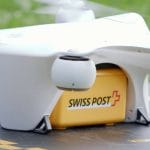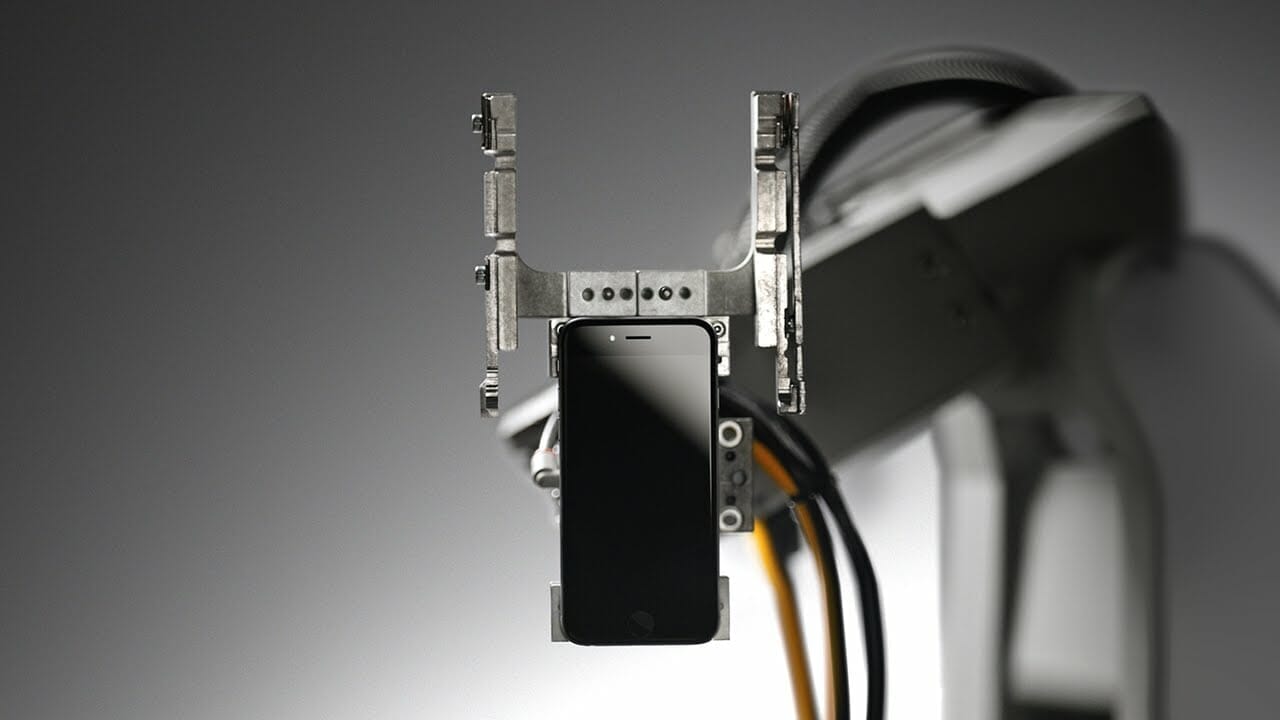To study the surfaces and the possibly liquid subsurface oceans of icy planets and moons, NASA has developed a new set of robotic instruments to aid in the mission to find traces of life in these worlds. These tools, while still in their prototype stage, are essential for any future missions to moons with liquid water beneath their surfaces like Saturn’s Enceladus and Jupiter’s Europa. Maybe even Saturn’s Titan could be paid a visit.
“In the future, we want to answer the question of whether there’s life on the moons of the outer planets,” Tom Cwik, head of JPL’s Space Technology Program, says in a press release. “We’re working with NASA Headquarters to identify the specific systems we need to build now, so that in 10 or 15 years, they could be ready for a spacecraft.”
Source: Youtube, NASA Jet Propulsion Laboratory
The new tools include “subsurface probe that could burrow through miles of ice, taking samples along the way; robotic arms that unfold to reach faraway objects; and a projectile launcher for even more distant samples.”
According to calculations, Europa’s icy crust could be 12 miles thick, so any robot hoping to burrow all the way through would need an efficient way of conserving energy. To solve this problem, NASA used a thermos-like capsule that would allow the probe to retain its heat from its plutonium heat source.

Source: NASA
“We think there are glacier-like ice flows deep within Europa’s frozen crust,” says Brian Wilcox, engineer at JPL who helped design the prototype. “Those flows churn up material from the ocean down below. As this probe tunnels into the crust, it could be sampling waters that may contain biosignatures, if any exist.”
Robotic arms are also part of the set of prototype robots. While this invention isn’t new, existing technologies can only go as far as 8 feet. The engineers at JPL though have developed one that can stretch up to 33 feet, providing greater flexibility for sample collecting. There’s also a projectile launcher than can launch a sampling tool attached to an ice claw up to 164 feet away.
If any of these moons harbor life, it’s going to be very difficult to find it even after landing. These tools are a way to make that searching easier to search for signs of life from within the planet.
Article Sources:













